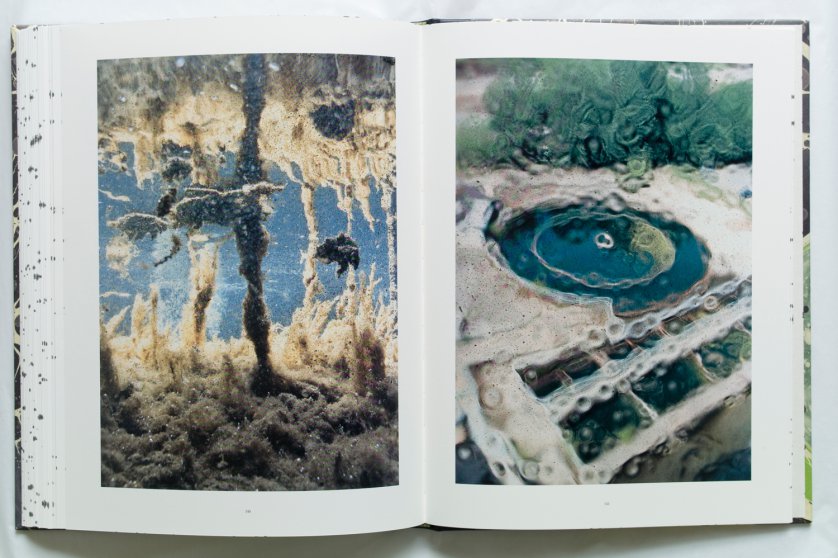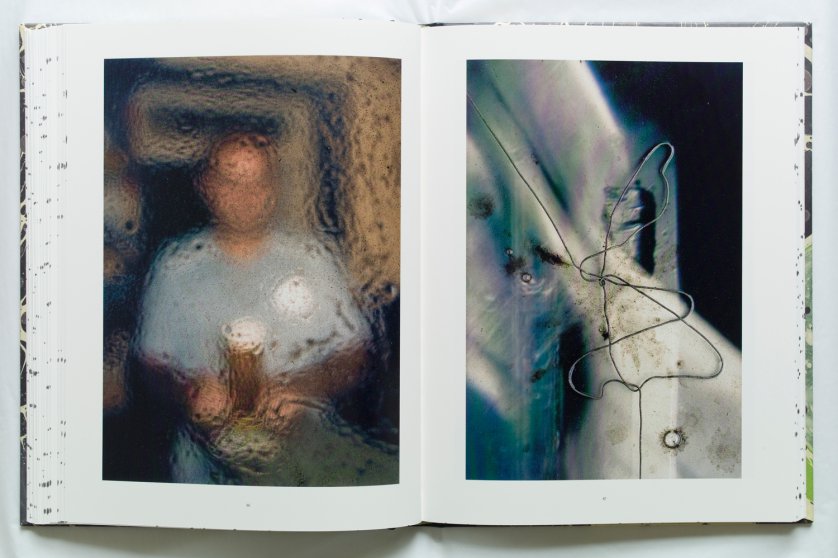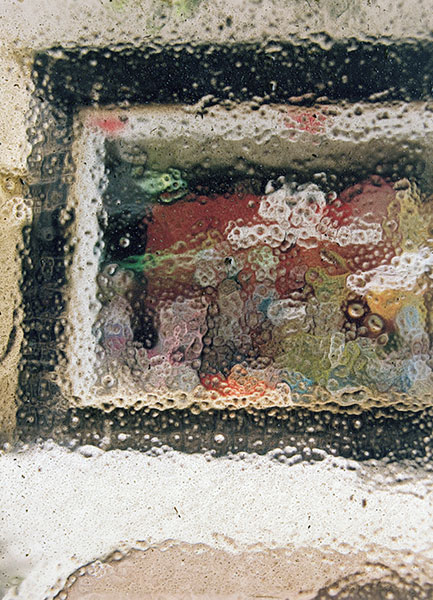William Eugene Smith broke nearly every rule in the book: posing his subjects, manipulating his prints, and often becoming dangerously over-involved in his stories.
When asked by one interviewer why he so persistently ignored many of the fundamental tenets of documentary photography, he tersely shot back: “I didn’t write the rules – why should I follow them?”
Abstract forces like corporate malfeasance, cyber-warfare and climate change make demands of visual storytelling – demands which can only be met if photographers refuse to play by the rules inherited from their forebears, rules which some of them did not deign to follow in any case.
The Rule of Manipulation
Almost every stage of the photographic process is a manipulation, and is open to no less egregious misrepresentations.
To paraphrase the documentary filmmaker Errol Morris, you don’t need to manipulate an image to mislead an audience; you simply need to change the caption. And yet used openly, in the right context, manipulation can reveal truths that a single image alone never could.
Dutch photographer Alice Wieling “I felt that, with mere documenting, I wasn’t able to tell the story as I was experiencing it,” she says of the stage-managed excursions to which journalist-visitors are subjected. Her response was to digitally merge her photographs of official North Korea propaganda with her own images of workers and decaying factories.
https://www.stephengill.co.uk/portfolio/portfolio/nggallery/album-1-2/coexistence/thumbnails/page/1

Stephen Gill created a new body of work and a book responding to an industrial wasteland that is the remains of the steel-making industry in the city of Dudelange.
“For eight months leading up to my first visit to the territory, my mind increasingly started tuning into the microscopic worlds within worlds, and I became ever more aware of the many parallels between patterns and process in the pond and those in our own lives as individual humans within societies…Slowly I became committed to the idea of attempting to bring these two apparently disparate worlds — so physically close yet so different in scale – visually closer together.”

In order to draw these two worlds together Gill employed the use of a medical microscope from the University of Luxembourg and a pail of water scooped from the pond. With the microscope, he studied and photographed the miniscule creatures and plant life.


He could not bring the people to the pond, so he dipped his underwater camera into its water prior to making portraits of the Dudelange residents. Later on, he also dipped the prints into the pond itself, so microscopic life was also transferred onto the surface of the paper.
Using Stephen Gill’s work as inspiration can directly link to my concept of environment as he focused in this book on the affects of the industrial wasteland on a pond nearby looking parts of life that coexist but don’t belong together.

About Stephen Gill
Gill is a British photographer, who mainly draws inspiration from his immediate surroundings of inner city life in East London and more recently Sweden with an attempt to make work that reflects, responds and describes the times we live in. Stephen Gill was introduced to photography at an early age by his father, and his first photographs reflected his interests in birds, animals and music.
“Stephen Gill is emerging as a major force in British photography. His best work is a hybrid between documentary and conceptual work. It is the repeated exploration of one idea, executed with the precision that makes these series so fascinating and illuminating. Gill brings a very British, understated irony into portrait and landscape photography.”
Martin Parr
Outside In by Stephen Gill:

“I hoped through this approach to encourage the spirit of the place to clamber aboard the images and be encapsulated in the film emulsion, like objects embedded in amber. My aim was to evoke the feeling of the area at the same time as describing its appearance.”
“The results included some highly detailed macro recordings amongst and within the landscapes and portraits. I like to think of these photographs as in-camera photograms in which conflict or harmony has been randomly formed in the final image depending on where the objects landed.”
Other Stephen Gill Zines
https://www.stephengill.co.uk/portfolio/portfolio/nggallery/album-1-2/hackney-flowers/thumbnails
Photoshoot Plan
For my first photoshoot i wanted to incorporate Stephen Gills style of photography looking at smaller details around an area like he did in the area containing a pond situated within an industrial wasteland. I want to manipulate the way the camera takes the photo and how it image appears. For example to create a blurred effect i will place something over the lens so I am physically manipulating the camera to produce something unique. I also want to manipulate the images by taking objects i find in an area and superimpose them onto the image of place them in front of the lens. I can relate this style of work to my concept of environment and pollution by making the subject of my images objects and rubbish I find surrounding the area I go and base my whole image around it. I like the way Stephen gill used a medical microscope to see what was in the pond water, the images making interesting patterns. To interpret this i can look for similar patterns and marks. I could also manipulate these photos after they have been taken by doing what Stephen Gill did and dipping his printed out images into the pond water (the environment) he was photographing. To experiment with the images further I take I will print out my photographs and physically add objects I find around the area I am exploring and retake the image.
http://www.gupmagazine.com/books/stephen-gill/coexistence
